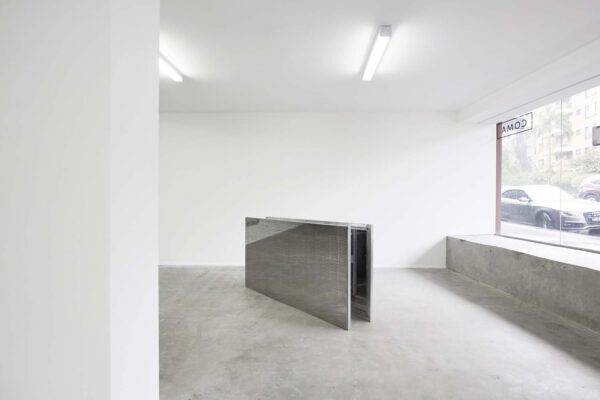by Caroline Taylor
Just when NFTs are starting to settle in and normalize as really just another medium when applied to the context of making art - enter Artificial Intelligence (AI). Is AI the end to art practice as we know it, or has it, on a conceptual level, been here all along?
In 2017 I curated Cross Currents at COMA Gallery in Sydney, Australia. The exhibition considered multiple perspectives on the relationship of a viewer to an artwork, and calls on Nicolas Bourriaud’s Relational Aesthetics, a book originally published in 1998. The title of the book is a term coined by the author to describe an output of art based on human relations and their social context. Bourriaud considers artists to be facilitators, rather than creators or makers. In this context, art is an exchange of information between the artist and viewer, utilizing a very wide net of languages, which transcend any physical presence and objectivity. Bourriaud’s book, written in the 1990s, borrows terminology from the era’s internet boom, such as user-friendliness and interactivity.
The exhibition juxtaposed Relational Art, which takes on a social form abstracted from its original purpose or objectivity, and the concept of Minimalism, a balance of positive and negative space using objectivity simply as a means to an end by altering or challenging the viewer’s neural state via one’s physical relationship to the artwork. Boiled all the way down, the core concepts presented in the exhibition are an exchange of information, interpreted by the human brain (neural networks) in relation to the existence of a centralized pool of knowledge (database). As stated in the exhibition text: When reality is challenged by a representation of itself, systems of information take precedence over objectivity.

Installation View, Cross Currents
Some of the artworks included in Cross Currents also explore intersubjectivity - the shared understanding and awareness between multiple individuals, or the ability to relate and communicate with others based on common understandings. The intellectual interaction or social interactions of multiple parties are inputs in the shared network of understanding, resulting in the output of a derivative by-product of a new presence.
A fundamental building block of Artificial Intelligence is neural networks, or computational models inspired by the structure of the human brain. They consist of interconnected nodes called artificial neurons, organized in layers. Neurons receive input signals, apply a mathematical operation and produce an output signal. AI systems replicate human cognitive abilities; neural networks provide a method to simulate complex patterns and relationships in data.
Appraisal Bureau is currently training our own AI models specific to optimizing our business. Rereading the Cross Currents text for the first time since writing it in 2017, I couldn’t help but realize the resounding conceptual similarities between specific concepts in art history, and those of AI. While the clear difference is the utility of AI, if we consider AI on a conceptual level, is it really so far off from what we already know?
